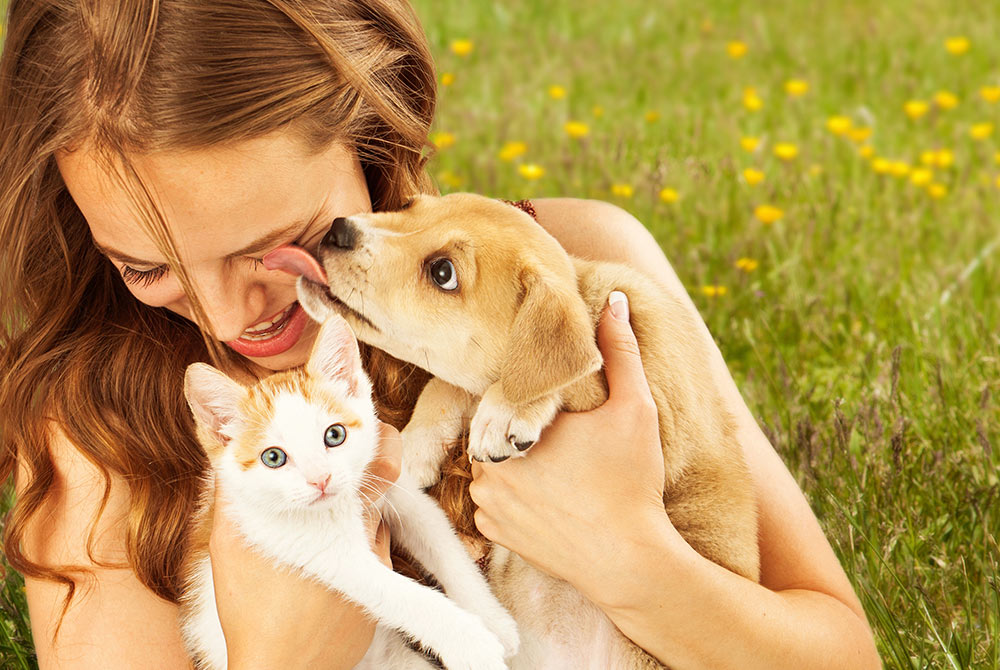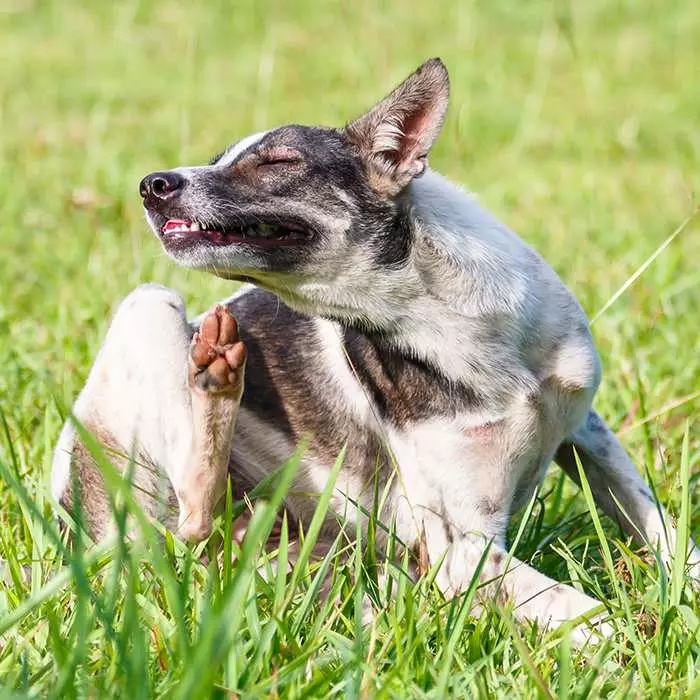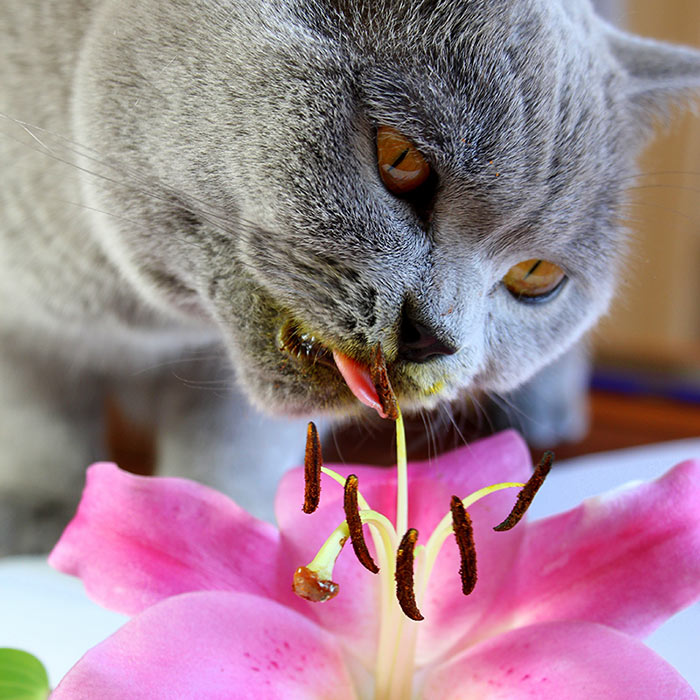Pets in the springtime: the joys and hidden hazards
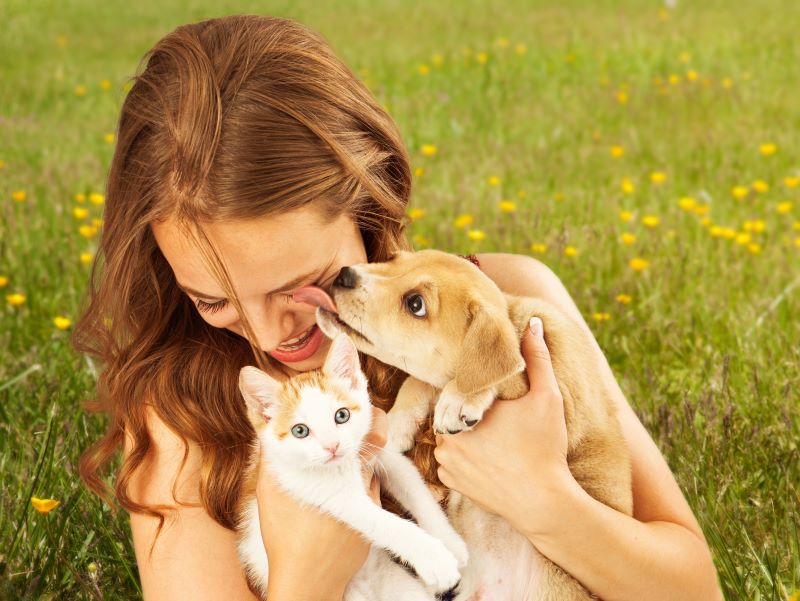
Many of us believe that spring is the best season of the year, and the science supports it. The chill of winter is over, temperatures are moderate and there are more daylight hours. The birds are chirping, the plants are flourishing and the world is brighter and more colourful. Scientifically speaking, exposure to sunlight increases our levels of serotonin, the happiness hormone, in our brains.
 Some people, however, prefer any time of year to spring, particularly those who suffer from debilitating allergies to pollen and grass seeds. Like most things in life, spring has both positive and negative aspects to it. In this article, we outline the joys and the hazards of the season and how they can impact our pets for the better, or in some cases, the worse.
Some people, however, prefer any time of year to spring, particularly those who suffer from debilitating allergies to pollen and grass seeds. Like most things in life, spring has both positive and negative aspects to it. In this article, we outline the joys and the hazards of the season and how they can impact our pets for the better, or in some cases, the worse.
The joys of spring
As we emerge from winter hibernation, spring brings a boost in our energy levels and enthusiasm, literally putting a ‘spring’ in our step. And it’s the same for our pets. After cocooning themselves indoors for much of winter, they emerge from their beds and blankets with renewed joie-de-vivre and energy; a desire to run, jump, skip and play and an increased need for exercise.
Make the most of the warmer weather
Luckily, there is no more glorious time than a beautiful spring day to exercise outdoors, both for ourselves and our pets. A brisk walk in the cool of the morning. The opportunity to play and roam outdoors in the fading sunlight of the early evening. Spring is a great time for all sorts of outdoor activities with your pet by your side, from gentle strolls round the neighbourhood with plenty of opportunities to stop and sniff, to brisk walks or gentle jogs around a local park, to rambling hikes exploring the coast or countryside.
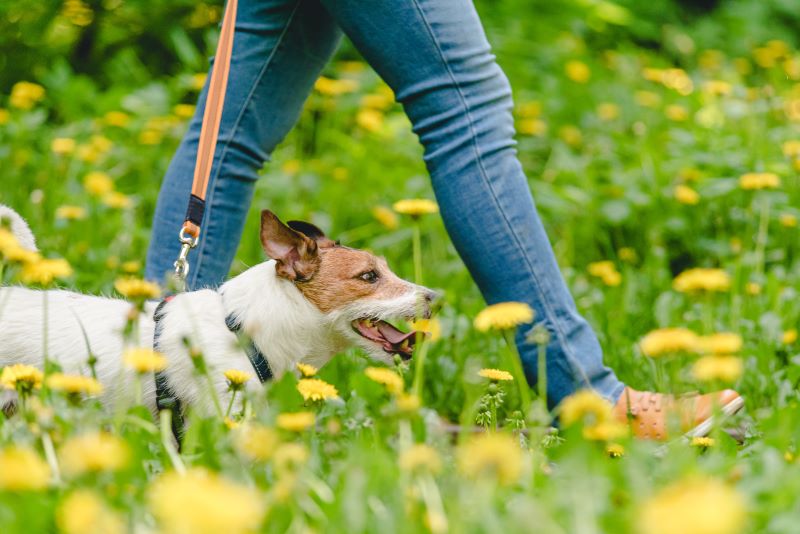
Outdoor play and exercise is hugely beneficial for our dogs, both physically and mentally. As it does for us, increasing their exercise during spring can help burn off any excess weight gained during winter and boost their metabolism out of hibernation mode. Some dogs will naturally shed their winter coats, making them feel lighter and more energised, while others may be in need of a spring haircut in order not to overheat in the warmer weather.
Whatever your preferred form of outdoor activity, take advantage of the warmer (but not excessively hot) weather to get out and about and to sometimes venture beyond your usual haunts and find some new places to explore and enjoy together.
Exercise options for cats
You may think we are talking exclusively to dog owners; however, cats too will benefit from having supervised time outdoors. As it’s becoming more common to keep cats exclusively indoors, so is it becoming more accepted to teach cats how to walk on a leash. If leash-walking doesn’t appeal to you and your cat, consider setting up a safe and secure outdoor cat enclosure. Alternatively, engaging your cat in short active play sessions a couple of times each day will do wonders for her health and well-being.
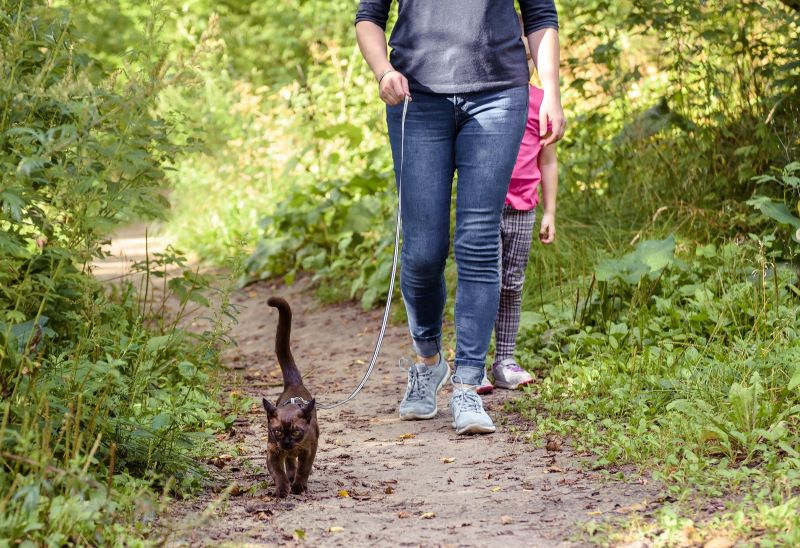
The hidden hazards of spring
Unfortunately, spring is not just about sunshine and play; it is also a time of some potentially nasty, hidden hazards. Pesky mozzies that can bring on far worse than just an irritating itch, ticks that can prove fatal, and itchy, red skin from airborne allergens are just a few of the common nasties that can crop up in spring.
Don’t let the thought of these un-pleasantries keep you and your pet stuck indoors. Arm yourself with knowledge and your pet with the right preventatives. Know what to look out for and what to do if your pet does have an encounter with one of the harmful hazards discussed below, and you’ll both bounce through spring with joy and exuberance.
Spring allergies: is your pet allergic to spring?
The arrival of spring and extra hours of sunshine do wonders for our gardens too, with a lot of new plant growth. The fresh, green grass and the profusion of spring flowers may be beautiful to behold, but not nearly as nice to inhale, and it goes without saying that allergies to grass and pollen are rife this time of the year.
While these allergies in humans tend to cause runny noses, sneezing and watery eyes, they often cause skin irritations in our pets. As the weather becomes warmer and your pet spends more time outdoors exploring their environment, they may develop a reaction to new plants and pollens in the air that haven’t previously affected them.
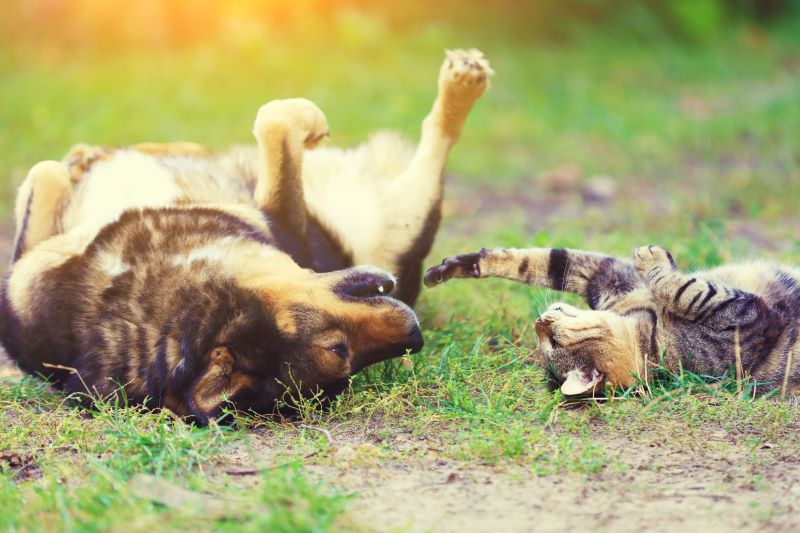
Common signs of springtime allergies in pets include:
- Excessive scratching
- Red and irritated skin
- Licking and chewing paws
- Ear infections
Unfortunately, avoiding pollen and grass is not a practical option. Whilst spring allergies in pets can’t be avoided, they can be managed, with the help of your veterinarian.
Read more about allergies here.
Never give your pet antihistamines or any human medication that hasn’t been prescribed by a vet, as poisoning can result. When accidentally ingested by dogs and cats, antihistamine poisoning can result in sedation, agitation, seizures and even death.
Spring pests and parasites
1. Ticks
Spring is the breeding season for these nasty little suckers. Ticks are at their most prevalent during spring and summer, including the deadly Paralysis Tick that inhabits the Eastern coastline. Tick prevention is therefore essential this time of year, and especially so for pets living within 100km of the East coast of Australia, from Melbourne in the south to the tip of Queensland in the north. In addition to preventative measures, be sure to check your pet for ticks after you venture out.
2. Fleas
Similarly to ticks, fleas love the warm weather and breed prolifically during spring and summer. Very tricky to spot in your pet’s fur, these tiny terrors will cause havoc if you aren’t giving your pet an effective flea preventative.
3. Heartworm
Because they are spread by mosquitoes, the transmission of heartworm increases during the warmer months and peaks in summer, in line with the mosquito population. The best way to avoid the serious health problems that are brought on by heartworm is to administer preventative medication.
Read more about heartworm here.
4. Snakes
The first sunny day of spring is guaranteed to bring many snakes out of hibernation, often loaded with stored up venom. During spring, vets often see both canine and feline snake-bite victims, dogs usually having been bitten on the face as they go in for the sniff, and cats typically bitten on the foot as they give the snake a curious toe tap.
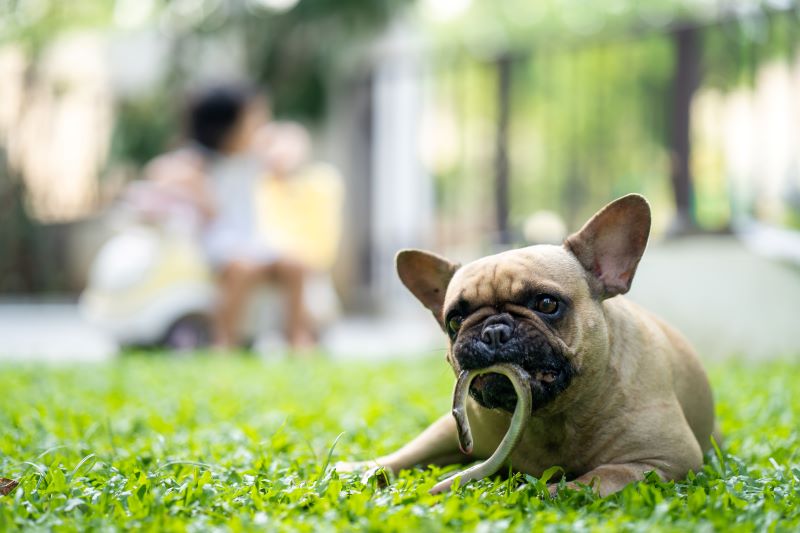
Snakes can be deadly to pets so it’s important as a pet owner to be vigilant and watch out for snakes, particularly if any have been spotted in your area. Living in an urban environment doesn’t give you immunity; snakes can be found in the most unlikely places.
See advice from the Australian Animals Poisons Helpline on what to do if you suspect your pet has been bitten by a snake.
 Bow Wow Meow is a Platinum Sponsor of the Australian Animals Poisons Helpline, a registered animal charity that provides a FREE poisons advice service to pet owners across Australia & New Zealand. Pet owners who suspect their pet may have been poisoned can call 1300 869 738 to get rapid first-aid advice, risk assessment and triage recommendations for their pets.
Bow Wow Meow is a Platinum Sponsor of the Australian Animals Poisons Helpline, a registered animal charity that provides a FREE poisons advice service to pet owners across Australia & New Zealand. Pet owners who suspect their pet may have been poisoned can call 1300 869 738 to get rapid first-aid advice, risk assessment and triage recommendations for their pets.
5. Bees and wasps
These pollinators are profuse during springtime, and are an attraction for inquisitive pups who can’t keep their little noses and mouths away from danger. Bee and wasp stings can range from painful swelling to a life-threatening allergic reaction known as anaphylaxis.
Spring gardens – flowers, fertilizers and pesticides
Spring flowers
A number of spring flowers can be toxic to pets. Avoid planting toxic bulbs such as hyacinths, tulips, daffodils and certain lilies. Often, both the flowers and the bulbs can cause an upset stomach, or worse, so you will need to be vigilant if you have either a nibbler or a digger.
Selecting plants that are safe for pets will go a long way in preventing poisoning from occurring.
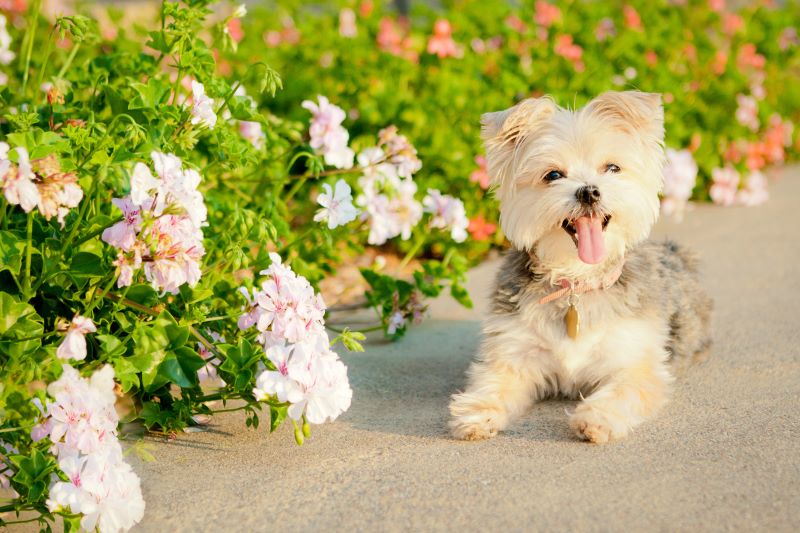
Pesticides
Spring is the time when everything in our gardens are growing and flourishing – including the undesirables like insects, fungi and weeds. This is when many of us attend to our gardens and get out the weed sprays and snail baits. Be aware that while these products may save your garden, they may harm (or even kill) your pet, even if they are labelled as ‘pet friendly’.
A pesticide is a poisonous substance used to kill insects, fungi, plants or even feral mammals. There are thousands of different types and they come in many different forms and concentrations. Toxicity and treatment vary significantly so always call the Australian Animal Poisons Helpline right away if your pet has been exposed to a pesticide.
Fertilisers
Spring gardening often entails the liberal use of fertilisers. Unfortunately, most of these, especially organic ones like blood and bone, are highly attractive to dogs.
Fertilizers can be toxic to pets so store them in an inaccessible place when not in use and do not allow your dog in the garden area while you are applying them. If your dog ingests fertiliser, please contact the Animal Poisons Helpline for advice.
In summary
While it may appear to be easier just to stay indoors and avoid all the potential hazards of spring, don’t do it! The benefits far outweigh the possible risks, and now that you are armed with knowledge of what to look out for, go out and enjoy the warmer weather and sunshine!
As you get out for more walks and outside playtime, just make sure that your pet:
- Is up to date with all vaccinations and flea, tick and heartworm medication.
- Has a microchip for identification and wears a tag with your contact information.
- Is on-leash when walking.
Also, be sure to always keep pets in sight when they are off-leash, so you know what they are up to. Some plants and mushrooms can be harmful and make your pet sick if eaten, so it’s best be close by in order to try to keep them from eating things you are not sure about.
If you have any concern about your pet, you should always start by calling your veterinarian for advice.
Bow Wow Meow Pet Insurance can help protect you and your dog should an unexpected trip to the vet occur.
-
Find out more about our dog insurance options
-
Get an online pet insurance quote
Bow Wow Meow is proud to have been awarded winner of Canstar’s ‘Most Satisfied Customers’ Award in the Pet Insurance category for both 2024 and 2025!
Bow Wow Meow is proud to have been chosen as Product Review’s Pet Insurance Award Winner every year from 2018 to 2025! This is based on 2,995 independent customer reviews (as at 21/01/2025), with an overall rating of 4.3*
Google Review rating = 4.5* (based on 968 reviews)
Trust Pilot rating = 4.6* (based on 531 reviews)
Bow Wow Meow is proud to have been chosen as Product Review’s Pet Insurance Award Winner every year from 2018 to 2025! This is based on 2,995 independent customer reviews (as at 21/01/2025), with an overall rating of 4.3*
Google Review rating = 4.5* (based on 968 reviews)
Trust Pilot rating = 4.6* (based on 531 reviews)
Bow Wow Meow has been chosen as a winner in the Finder Pet Insurance Awards 2024. Finder’s panel of experts analysed over 140 quotes to award our Ultimate Care Plan the winner of the “Pet Insurance – Value” category.






